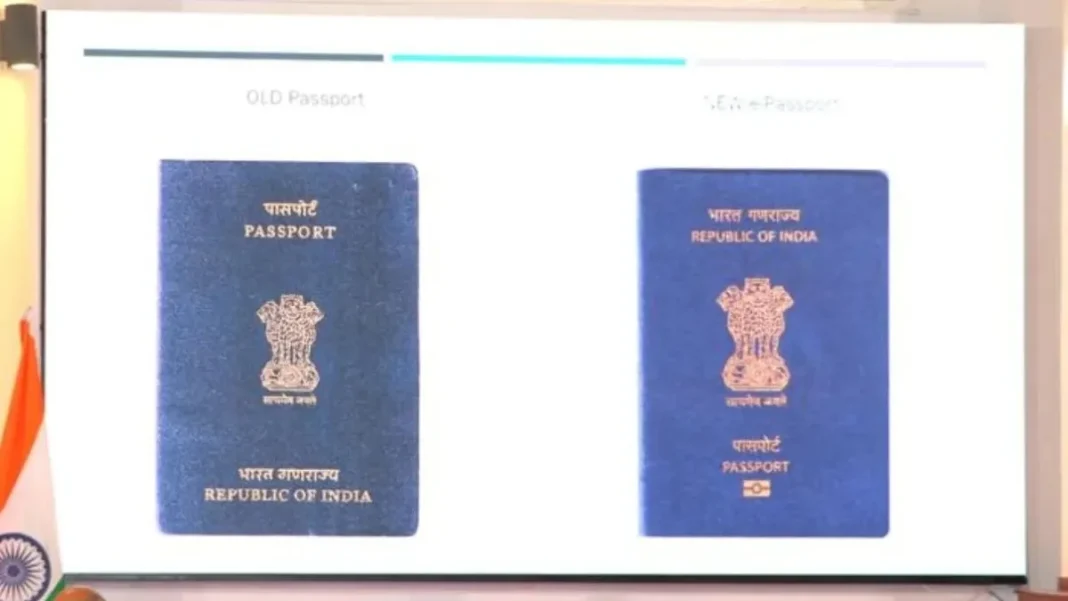Key Takeaways
- India aims to replace all passports with e-passports by 2035
- Over 80 lakh e-passports already issued as of May 2025
- New security chip embedded under Ashoka Pillar on cover
- Faster airport immigration through touchscreen verification
The Ministry of External Affairs has launched a nationwide rollout of e-passports, with an ambitious target to ensure every Indian passport contains a security chip by 2035. As of May 2025, authorities have already issued over 80 lakh e-passports to citizens.
If you received a new or renewed passport on or after May 28, 2025, you already possess an e-passport. While the document appears identical to previous versions externally, it features a crucial innovation: an electronic chip embedded beneath the Ashoka Pillar emblem on the cover.
Enhanced Security and Faster Travel
E-passports significantly improve document security while streamlining airport procedures. The technology prevents passport forgery and document misuse while cutting immigration processing times.
Arun Kumar Chatterjee, Secretary of the Consular Passport and Visa Division, confirmed that e-passports meet international airport regulations while offering greater convenience to travelers.
How E-Passports Work at Airports
E-passport holders can bypass traditional verification queues by simply placing their passport’s chip area on designated touchscreens. This automated process opens gates instantly, eliminating the need for manual checks by immigration officers.
This system operates under the ‘trusted traveler program’ – essentially a global version of India’s Digi Yatra initiative.
Current Rollout Status
The government has distributed 80 lakh e-passports domestically, with Indian embassies abroad issuing an additional 60,000. To support this transition, Passport Facilitation Centres are being established in every Lok Sabha constituency.
Currently operational in 511 constituencies, these centers will soon expand to the remaining 32 locations. The Ministry emphasizes its commitment to making passport services increasingly accessible nationwide.




